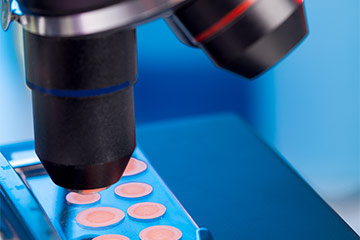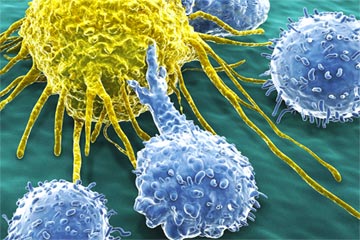Liver Cancer Treatment
Overview
The liver has many important functions in the body. For example, it cleans toxins from the blood, makes bile that helps digest fat, makes substances that help blood clot, and makes, stores, and releases sugar for energy.
Primary liver cancer is cancer that starts in the liver. The most common type of primary liver cancer is hepatocellular carcinoma, which occurs in the tissue of the liver. When cancer starts in other parts of the body and spreads to the liver, it is called liver metastasis.
- Primary liver cancer (including intrahepatic bile duct cancer) is the fifth most common cause of cancer death in men and the ninth most common cause of cancer death in women.
- Over the past two decades, incidence rates for these cancers have increased in people of all races and in both sexes.
- Almost all cases of liver cancer in the United States occur in people with alcohol-related cirrhosis or who are chronically infected with hepatitis B virus (HBV) or hepatitis C virus (HCV).
- Obesity, diabetes, and iron storage disease are other risk factors for liver cancer.
Liver cancer is rare in children and teenagers, but there are two types of liver cancer that can form in children. Hepatoblastoma occurs in younger children, and hepatocellular carcinoma occurs in older children and teenagers.
The bile ducts are tubes that carry bile between the liver and gallbladder and the intestine. Bile duct cancer is also called cholangiocarcinoma. When it begins in the bile ducts inside the liver, it is called intrahepatic cholangiocarcinoma. When it begins in the bile ducts outside the liver, it is called extrahepatic cholangiocarcinoma. Extrahepatic cholangiocarcinoma is much more common than intrahepatic cholangiocarcinoma.










